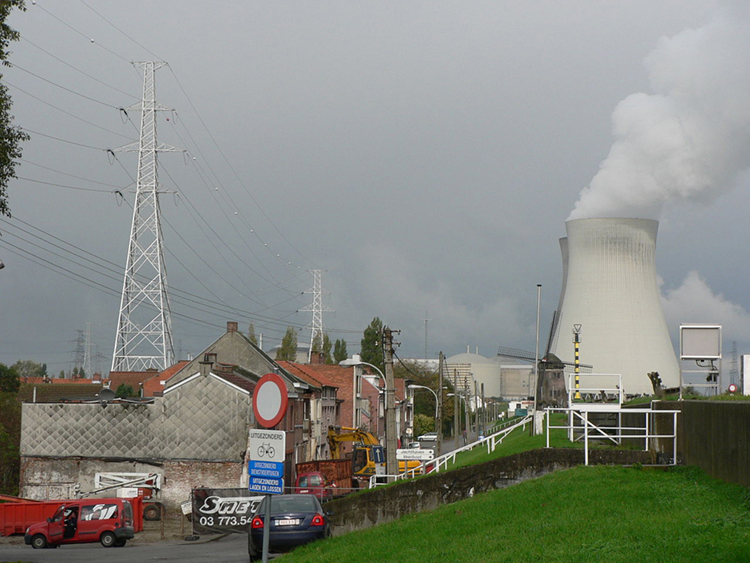| << Chapter < Page | Chapter >> Page > |
By the end of this section, you will be able to:
The information presented in this section supports the following AP® learning objectives and science practices:
Nuclear fission is a reaction in which a nucleus is split (or fissured ). Controlled fission is a reality, whereas controlled fusion is a hope for the future. Hundreds of nuclear fission power plants around the world attest to the fact that controlled fission is practical and, at least in the short term, economical, as seen in [link] . Whereas nuclear power was of little interest for decades following TMI and Chernobyl (and now Fukushima Daiichi), growing concerns over global warming has brought nuclear power back on the table as a viable energy alternative. By the end of 2009, there were 442 reactors operating in 30 countries, providing 15% of the world's electricity. France provides over 75% of its electricity with nuclear power, while the US has 104 operating reactors providing 20% of its electricity. Australia and New Zealand have none. China is building nuclear power plants at the rate of one start every month.

Fission is the opposite of fusion and releases energy only when heavy nuclei are split. As noted in Fusion , energy is released if the products of a nuclear reaction have a greater binding energy per nucleon ( ) than the parent nuclei. [link] shows that is greater for medium-mass nuclei than heavy nuclei, implying that when a heavy nucleus is split, the products have less mass per nucleon, so that mass is destroyed and energy is released in the reaction. The amount of energy per fission reaction can be large, even by nuclear standards. The graph in [link] shows to be about 7.6 MeV/nucleon for the heaviest nuclei ( about 240), while is about 8.6 MeV/nucleon for nuclei having about 120. Thus, if a heavy nucleus splits in half, then about 1 MeV per nucleon, or approximately 240 MeV per fission, is released. This is about 10 times the energy per fusion reaction, and about 100 times the energy of the average , , or decay.

Notification Switch
Would you like to follow the 'College physics for ap® courses' conversation and receive update notifications?